Nazanin Mahjourian
Multimodal Object Detection using Depth and Image Data for Manufacturing Parts
Nov 13, 2024

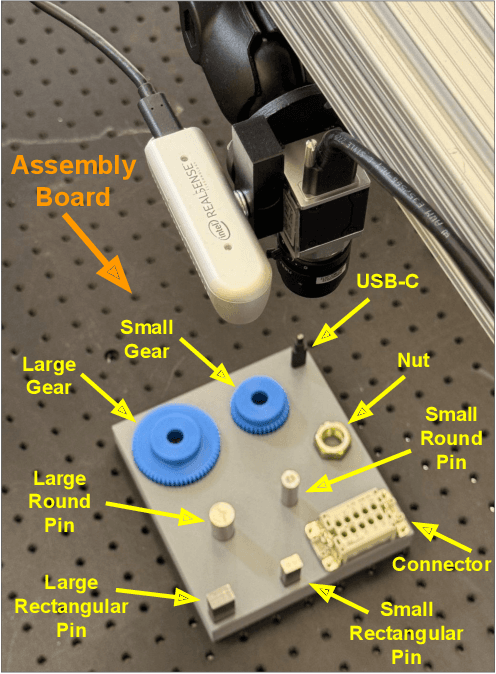
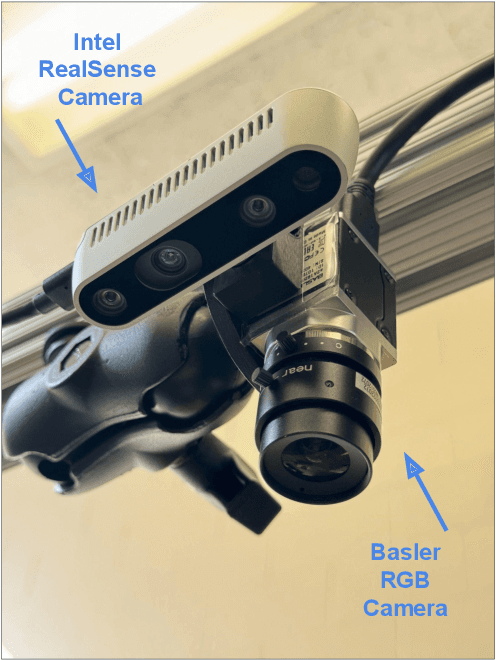
Abstract:Manufacturing requires reliable object detection methods for precise picking and handling of diverse types of manufacturing parts and components. Traditional object detection methods utilize either only 2D images from cameras or 3D data from lidars or similar 3D sensors. However, each of these sensors have weaknesses and limitations. Cameras do not have depth perception and 3D sensors typically do not carry color information. These weaknesses can undermine the reliability and robustness of industrial manufacturing systems. To address these challenges, this work proposes a multi-sensor system combining an red-green-blue (RGB) camera and a 3D point cloud sensor. The two sensors are calibrated for precise alignment of the multimodal data captured from the two hardware devices. A novel multimodal object detection method is developed to process both RGB and depth data. This object detector is based on the Faster R-CNN baseline that was originally designed to process only camera images. The results show that the multimodal model significantly outperforms the depth-only and RGB-only baselines on established object detection metrics. More specifically, the multimodal model improves mAP by 13% and raises Mean Precision by 11.8% in comparison to the RGB-only baseline. Compared to the depth-only baseline, it improves mAP by 78% and raises Mean Precision by 57%. Hence, this method facilitates more reliable and robust object detection in service to smart manufacturing applications.
Hierarchical SegNet with Channel and Context Attention for Accurate Lung Segmentation in Chest X-ray Images
May 20, 2024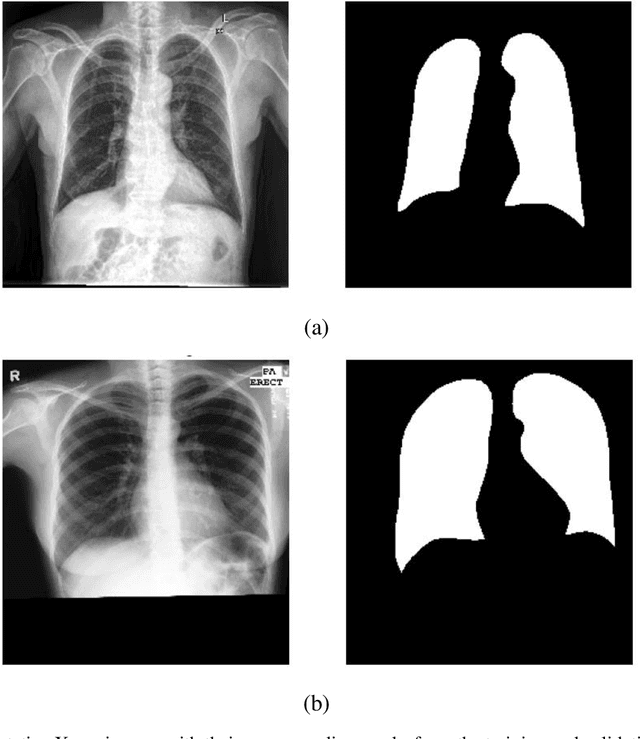

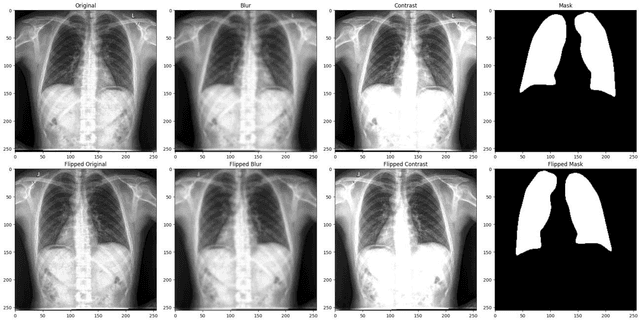
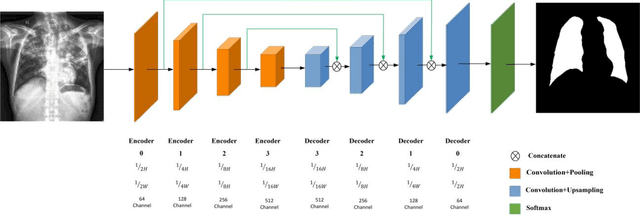
Abstract:Lung segmentation in chest X-ray images is a critical task in medical image analysis, enabling accurate diagnosis and treatment of various lung diseases. In this paper, we propose a novel approach for lung segmentation by integrating Hierarchical SegNet with a proposed multi-modal attention mechanism. The channel attention mechanism highlights specific feature maps or channels crucial for lung region segmentation, while the context attention mechanism adaptively weighs the importance of different spatial regions. By combining both mechanisms, the proposed mechanism enables the model to better capture complex patterns and relationships between various features, leading to improved segmentation accuracy and better feature representation. Furthermore, an attention gating mechanism is employed to integrate attention information with encoder features, allowing the model to adaptively weigh the importance of different attention features and ignore irrelevant ones. Experimental results demonstrate that our proposed approach achieves state-of-the-art performance in lung segmentation tasks, outperforming existing methods. The proposed approach has the potential to improve the accuracy and efficiency of lung disease diagnosis and treatment, and can be extended to other medical image analysis tasks.
 Add to Chrome
Add to Chrome Add to Firefox
Add to Firefox Add to Edge
Add to Edge